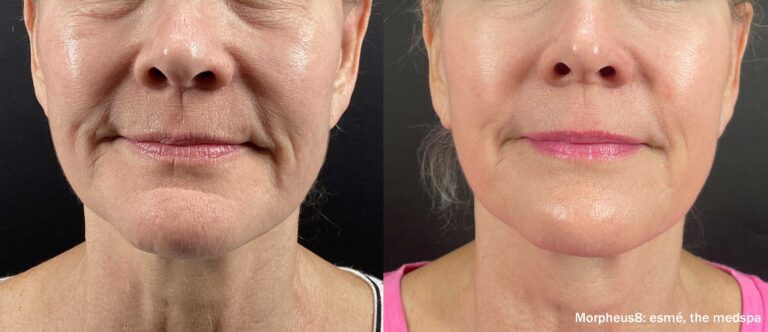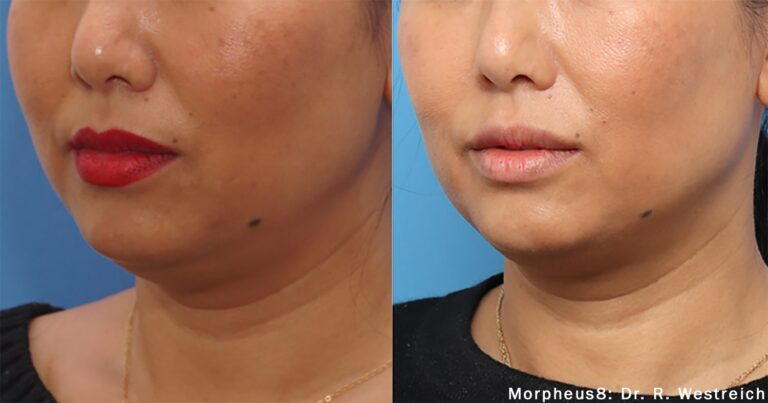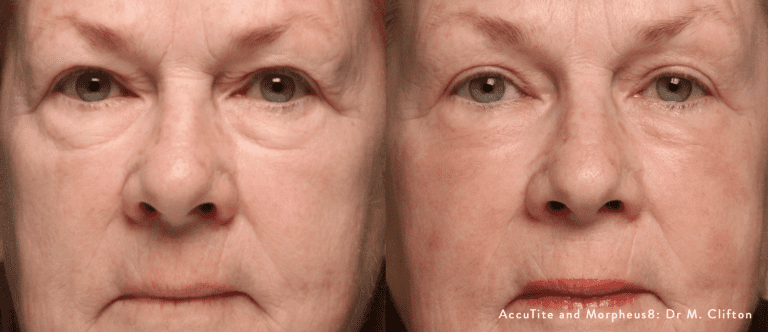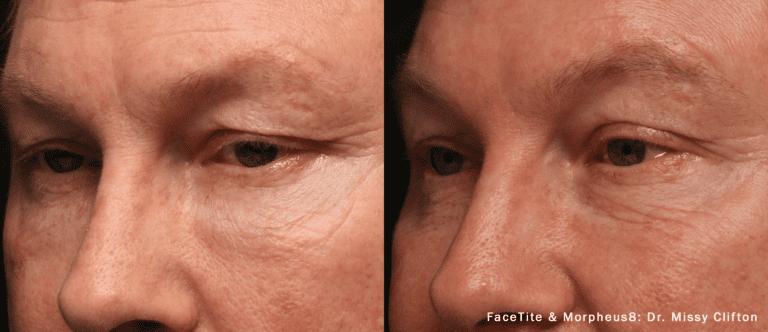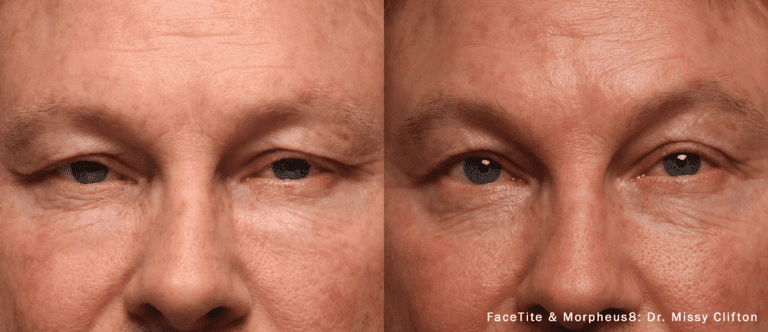Gynecomastia
Grossman Plastic Surgery
Discover confidence with a gynecomastia treatment. Tailored, expert care for a smoother, more masculine chest silhouette.
Gynecomastia
Revitalize Your Vision and Appearance
Gynecomastia, commonly known as “man boobs,” can be a source of discomfort and self-consciousness for many men. We understand the emotional and physical impact of gynecomastia. Our dedicated team of specialists offers personalized, compassionate care to help restore a firmer, more masculine chest contour. Leveraging state-of-the-art techniques, we aim to enhance your confidence and well-being.
Cosmetic Surgical Procedure
Who Should Consider Gynecomastia?
Ideal candidates for gynecomastia treatment are men who are self-conscious about the appearance of their breasts and are looking for a more masculine chest contour. Candidates should be in good health, have realistic expectations, and preferably non-smokers, as smoking can complicate both the surgery and the healing process. It’s crucial for the breast development to have stabilized, making this procedure well-suited for men who have not achieved desired results through alternative treatments like weight loss or exercise. During your consultation our specialists will assess your condition, discuss your goals, and determine if gynecomastia treatment is right for you.
What to Expect When Getting Gynecomastia
Undergoing gynecomastia treatment begins with a comprehensive consultation, where your concerns are heard and your medical history is reviewed. The procedure typically involves liposuction to remove excess fatty tissue and excision to remove excess glandular tissue. Depending on the extent of the correction needed, the surgery can take 1 to 2 hours and is usually performed under general anesthesia. Post-surgery, patients are fitted with a compression garment to support the healing process and minimize swelling. Our team provides detailed aftercare instructions and is committed to supporting you throughout your recovery journey.
Preparing for your procedure
Preparation for gynecomastia surgery involves several steps to ensure a safe procedure and optimal recovery. Patients are advised to stop smoking, avoid certain medications that can increase bleeding, and maintain a stable weight. A detailed pre-operative assessment, including possibly blood tests and chest imaging, will be conducted. We’ll also provide specific instructions regarding eating, drinking, and medication adjustments before your surgery. Preparing your home for a comfortable recovery is also important, including arranging for someone to assist you immediately following the procedure.
Gynecomastia Surgery Recovery
Recovery from gynecomastia treatment varies among individuals, but most can expect an initial recovery period of 1 to 2 weeks for the majority of swelling and discomfort to subside. During this time, it’s crucial to wear the provided compression garment and avoid strenuous activities. Most patients can return to work and light activities within a week, with a gradual return to exercise over the following weeks. Our team closely monitors your recovery, providing guidance and support to ensure a smooth healing process.
Gynecomastia Surgical Procedure
Pain Management, What To Expect?
Post-operative pain management is a critical component of the recovery process. Patients can expect some discomfort and swelling initially, which can be effectively managed with prescribed pain medication and by following our post-operative care instructions. Ice packs and elevation can also help alleviate discomfort. Our approach emphasizes minimizing discomfort while ensuring safety and optimal healing, with our team available to address any concerns or adjustments needed in your pain management plan.
gynecomastia
Ideal Results
The expected results of gynecomastia treatment include a flatter, firmer, and more traditionally masculine chest contour. While individual results vary, the majority of patients report increased confidence and satisfaction with their body image. The improvements are typically long-lasting, especially when accompanied by a stable weight and healthy lifestyle. Scarring is minimized through strategic incision placement and advanced surgical techniques, with the goal of making them as inconspicuous as possible.
Dr. Peter H. Grossman
Consultation
Experience the pinnacle of personalized care at Grossman Plastic Surgery. Our dedicated team of experts is committed to guiding you through every step of your journey towards enhanced well-being. By scheduling a consultation, you'll receive tailored advice and insights from top specialists in the field. Discover how our cutting-edge techniques and compassionate approach can help you achieve your health and aesthetic goals. Begin your transformation today – your journey to excellence starts here.

Best Cosmetic Plastic Surgeon in San Fernando Valley
Dr. Peter H. Grossman
Dr. Peter Grossman was the former President of the Los Angeles Society of Plastic Surgeons, and is a board-certified plastic surgeon whose private medical practice is divided between cosmetic and reconstructive surgery in West Hills, California.
The diverse nature of Grossman Plastic Surgery and Dr. Grossman’s vast experience make him one of the most sought-after surgeons in Southern California. The decision to have plastic surgery can be life-changing and having confidence in your surgeon and their staff is extremely important. Dr. Grossman has been a reconstructive surgeon for more than 20 years.
As Seen On
We look forward to connecting with you.
Additional FAQs
What is Gynecomastia?
How is Gynecomastia Diagnosed?
How is Gynecomastia Surgery Performed?
The approach for your gynecomastia surgery will be determined once you have had a consultation with Dr. Peter Grossman. However, most male breast reduction surgeries involve an incision that encompasses areola, followed by a second incision that follows the path of the natural curve of the crease located beneath the breasts. Then, excess glandular tissue and fat are removed from the breasts. This can include the use of liposuction in conjunction with other methods, or as a solitary approach. In the event the weight of the excess breast tissue causes the areola to stretch and the breasts to sag, Dr. Grossman will resized the areola and reposition it all in the same procedure.

How Long Does Gynecomastia Surgery Take?
Why Do Men Get Male Breast Reduction Gynecomastia Surgery?
There are several reasons why men seek male breast reduction gynecomastia surgery. In some cases, medical reasons are the pain motivator: men with gynecomastia can experience ongoing pain in the breast tissue, as well as skin irritations and painful rashes from excess skin rubbing. But most get the procedure because they want to look good with their shirt off, have better confidence in the bedroom, and just gain a greater level of self-esteem and self- confidence. Patients who had gynecomastia surgery have said it’s the best investment they have ever made in themselves because once they recovered they felt reinvented, fulfilled, and able to be the best version of the true self with all the confidence in the world that had previously been lacking.


